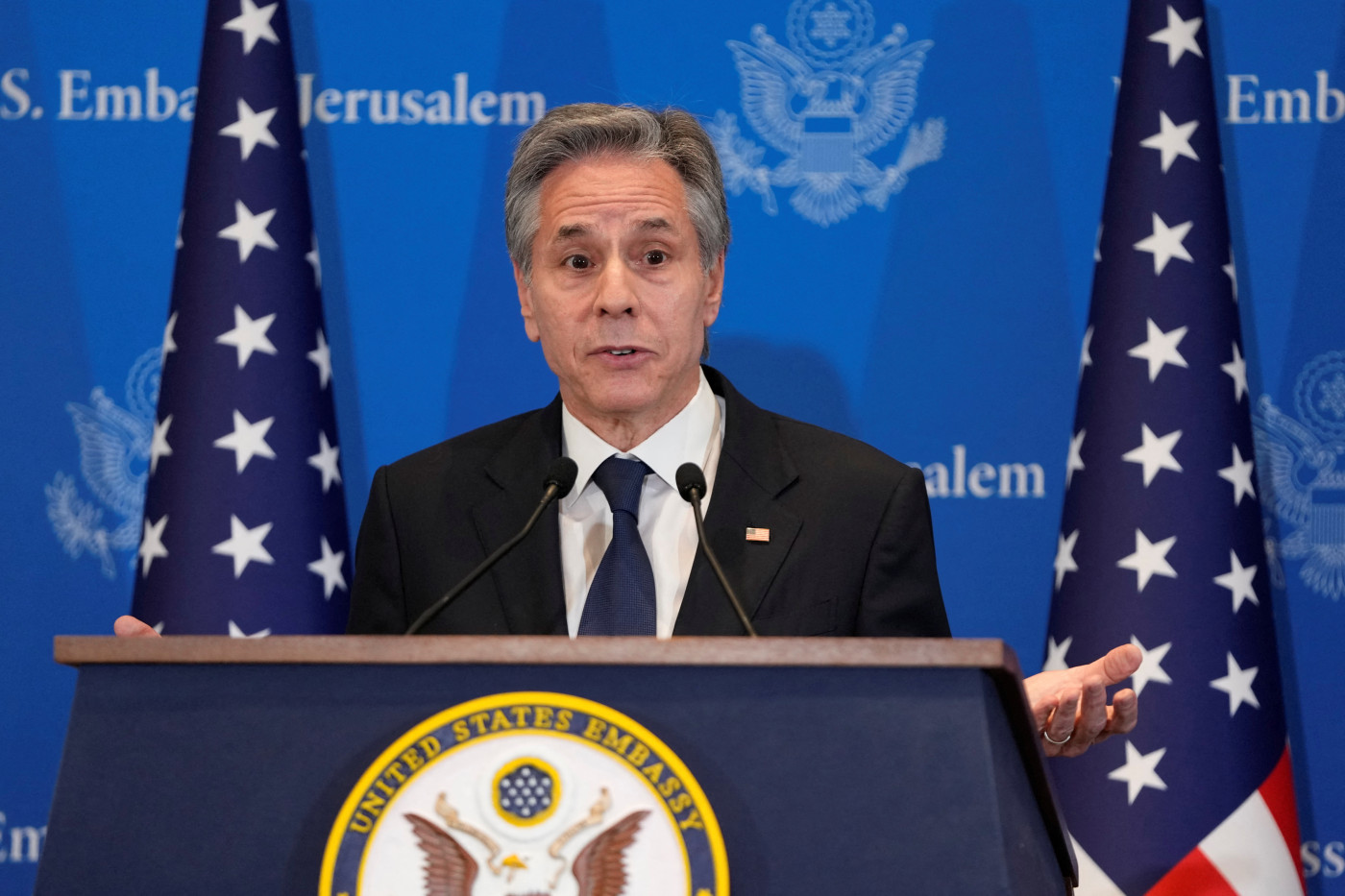What Is the KN-23? North Korean Missile Shows 50% Failure Rate in Ukraine
Russia has been deploying North Korean-developed short-range ballistic missiles on the battlefields of Ukraine that are showing a remarkably high failure rate, according to Ukrainian officials.
The Ukrainian Prosecutor General's office said it had recovered and analyzed the debris from 21 out of approximately 50 North Korean missiles launched between late December 2023 and February 2024.
The findings reveal that around 50% of these missiles failed to reach their intended targets.
"About half of the North Korean missiles lost their programmed trajectories and exploded in the air; in such cases, the debris was not recovered," Ukraine's top prosecutor, Andriy Kostin, told the Reuters news agency last week.
The KN-23 and KN-24 solid-fuel ballistic missiles, officially known as the Hwasong-11, have reportedly been deployed by Russia since December 2023, first used during the shelling in Ukraine's southeastern Zaporizhzhia region. The missiles were also said to be deployed in attacks on Kyiv in early February.
Those attacks have resulted in at least 24 civilian deaths and over 100 injuries, according to Ukrainian officials. The toll could have been even higher if the missiles had been more precise, according to Kostin's office.
The 50 or so missiles were launched from multiple sites, including in Russia's western regions of Belgorod, Voronezh and Kursk.
'Exploded in the air'
The KN-23 has an estimated range of 280 to 370 miles, enabling North Korea to target locations inside South Korea and potentially parts of Japan. The missile can carry a conventional or nuclear warhead with a payload capacity of about 1,100 to 2,200 pounds.
While the KN-23's design includes advanced maneuverability, questions remain about its precision. The Center for Strategic & International Studies (CSIS) notes that the missile's quasi-ballistic trajectory and maneuverable fins complicate interception by missile defense systems. But the sophistication of its guidance systems for precise targeting remains uncertain.
Two out of 5 missiles fired by Russians at Kharkiv today were North Korean Hwasong-11Ga (KN-23). Itâs crazy to think that russia has completely aligned with North Korea and that there are still some brainwashed idiots in the west who support russia. pic.twitter.com/FiGGRLKI4a
— Roman Sheremeta ðºð¦ (@rshereme) February 7, 2024
This lack of precision has been confirmed by the Ukrainians. "Out of 24 missiles fired, we know of two relatively accurate hits: the Kremenchuk oil refinery and the technical premises of the Kanatove airfield. The rest either exploded in the air or hit residential areas in Kharkiv," Kostin said in February.
The deployment of North Korean-made ballistic missiles in Ukraine has raised significant worries about the level of military cooperation between Moscow and Pyongyang. Some experts suggest these missiles may have been developed with Kremlin assistance, given their similarities to the Russian Iskander-M.
Now, there are growing concerns that North Korean leader Kim Jong Un, with an assist from Vladimir Putin, is using the conflict in Ukraine as a testing ground for his own arsenal. In an attempt to clarify the extent of that cooperation, Kostin told Reuters his office is still investigating how closely the North Koreans have been monitoring the use of the missiles on the battlefields of eastern Ukraine.
Disclaimer: The copyright of this article belongs to the original author. Reposting this article is solely for the purpose of information dissemination and does not constitute any investment advice. If there is any infringement, please contact us immediately. We will make corrections or deletions as necessary. Thank you.



